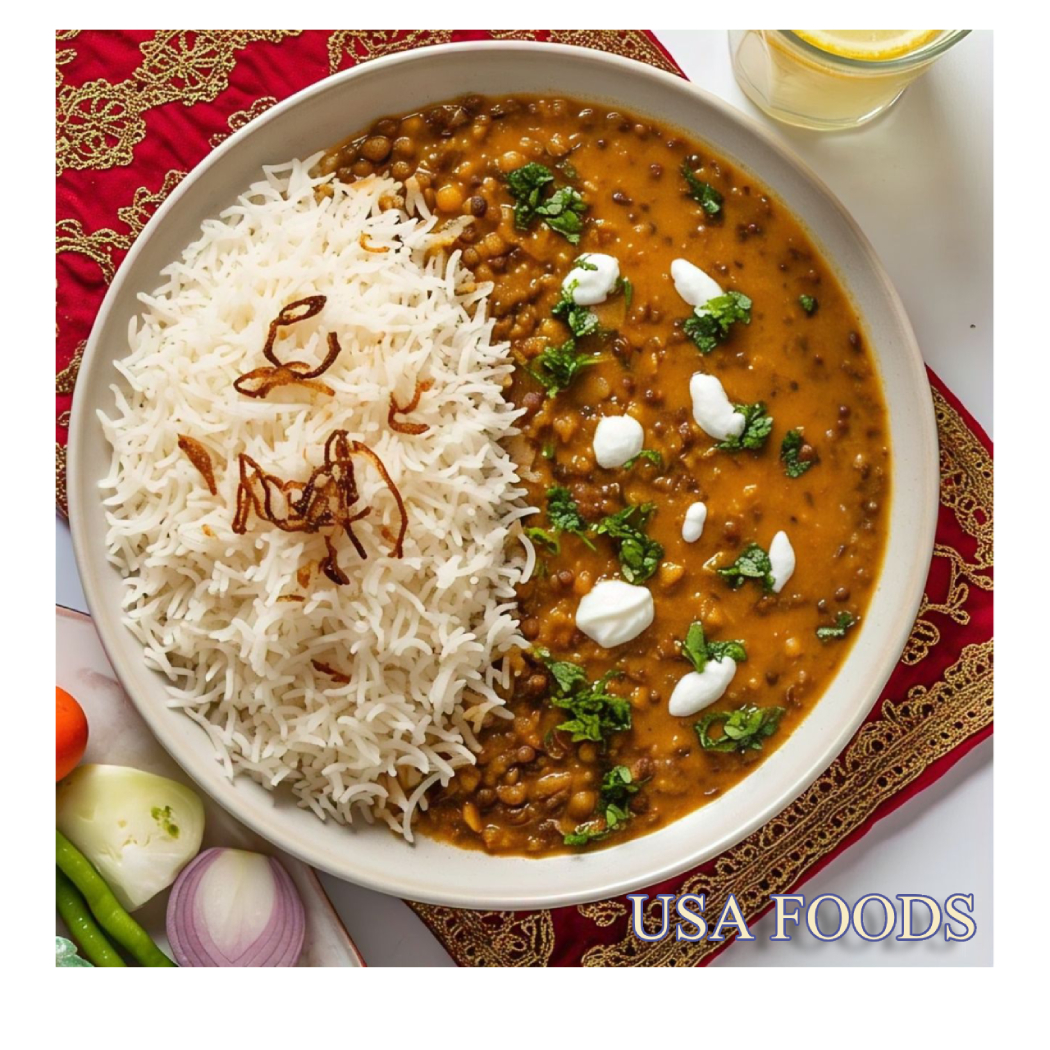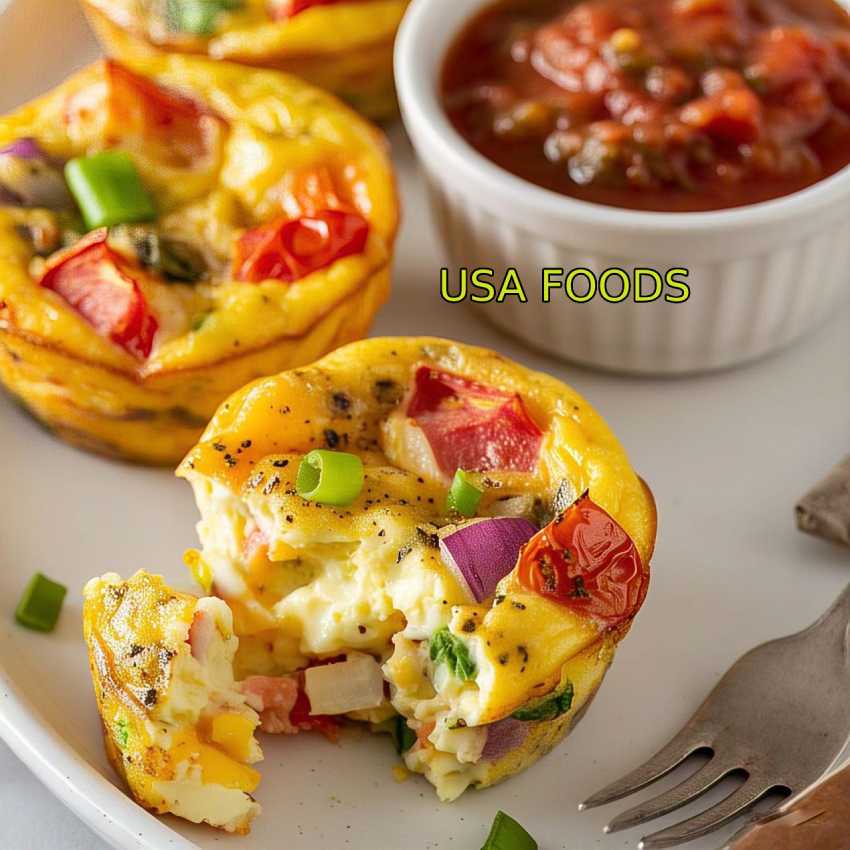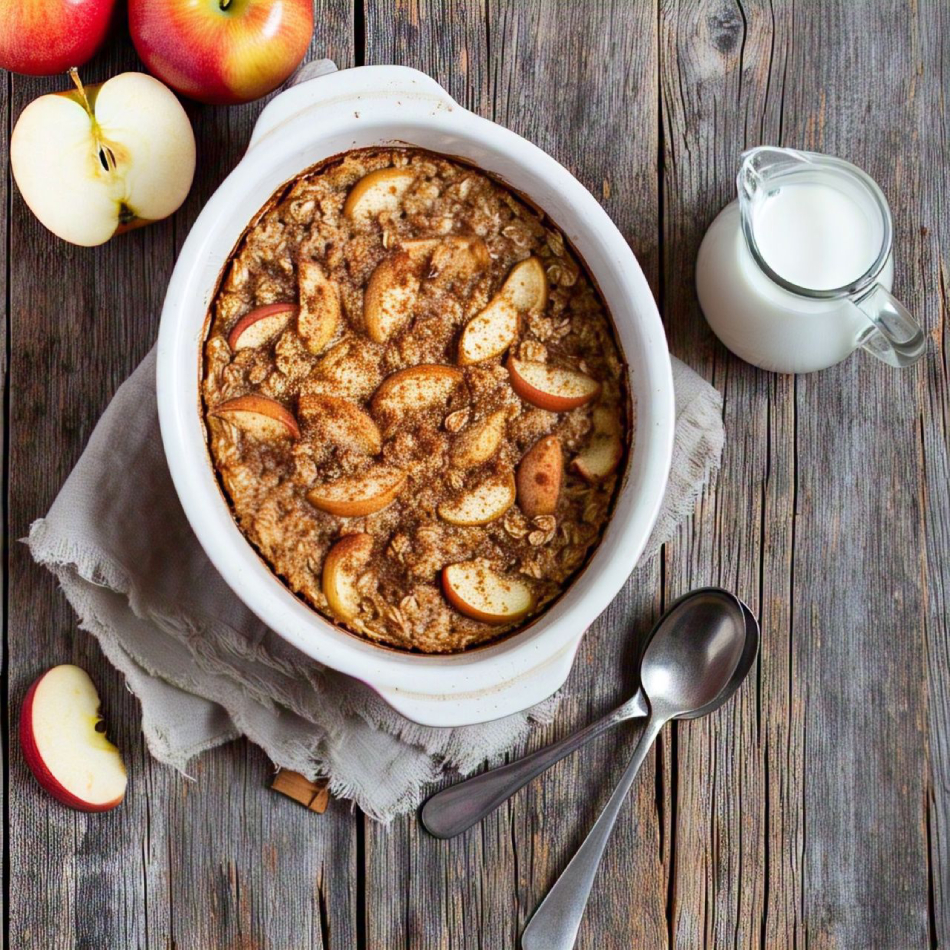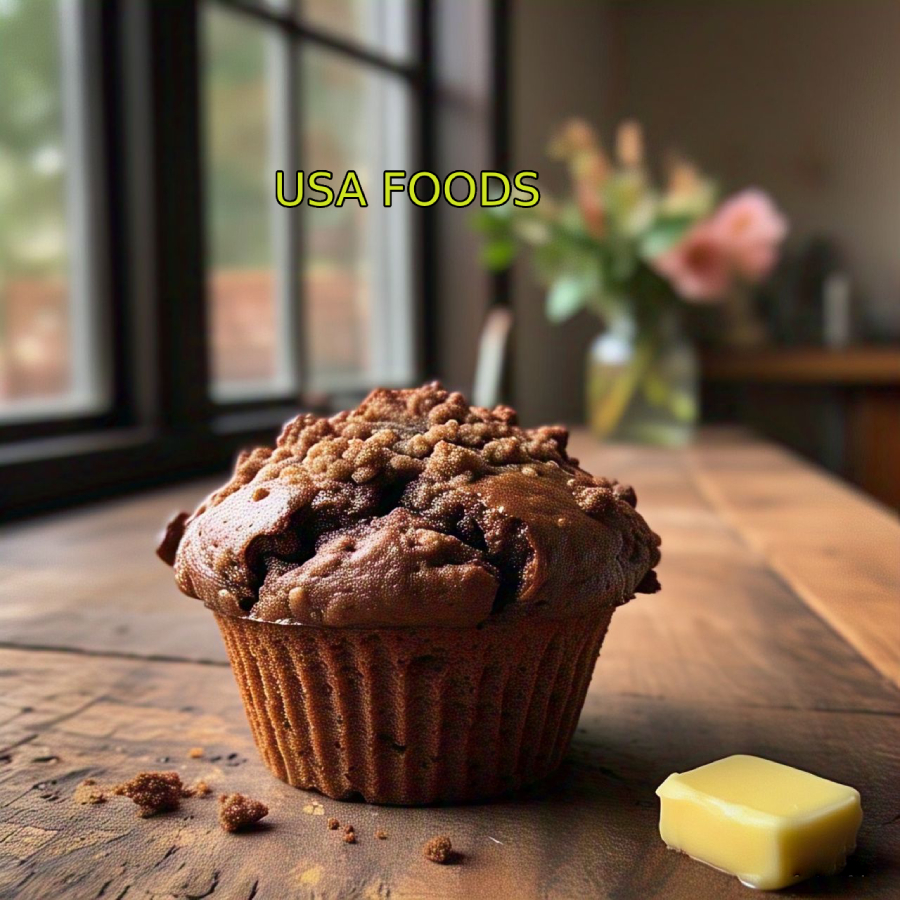Master authentic homemade Mango Pickle! Our detailed recipe covers everything from raw mango selection to aromatic spices. Make delicious, tangy Aam ka Achaar that lasts all year.
Table of Contents
The Irresistible Tang of Mango Pickle: A Culinary Legacy in Every Jar
There are few condiments that evoke as much nostalgia and culinary delight as Mango Pickle. This vibrant, tangy, and often spicy preserve is a cornerstone of South Asian cuisine, gracing dining tables across Pakistan, India, Bangladesh, and beyond. From the bustling streets of Lahore to the quiet kitchens of Karachi, the making and savoring of Mango Pickle (often lovingly called Aam ka Achaar) is a cherished tradition, passed down through generations. It’s more than just a side dish; it’s a burst of flavor that transforms any meal, adding a distinctive zest and an unforgettable kick.
The allure of Mango Pickle lies in its exquisite balance of flavors – the sourness of raw mangoes, the pungency of mustard oil, and the aromatic warmth of a medley of spices. Each region, sometimes even each household, boasts its own unique take, creating a rich tapestry of textures and tastes. Whether it’s a spicy accompaniment to a hearty biryani, a tangy complement to a simple dal chawal, or a fiery spread for a crisp paratha, Mango Pickle is an indispensable part of the culinary landscape.
A Glimpse into History: The Enduring Legacy of Mango Pickle
The art of pickling in the Indian subcontinent dates back thousands of years, with historical records indicating its practice over 4,000 years ago. Pickling was initially a crucial method for food preservation, allowing communities to enjoy fruits and vegetables beyond their harvest seasons. The Mango Pickle, in particular, rose to prominence during the Mughal era, when emperors and royalty developed a profound appreciation for its exotic taste and preserving qualities.
In Pakistan, where mangoes are revered as the “King of Fruits” and the country is one of the world’s largest producers of this golden delight, Mango Pickle holds a special cultural significance. Varieties like Chaunsa, Sindhri, Langra, and Anwar Ratol are not just consumed fresh but also transformed into this beloved condiment. For centuries, the mango tree itself has been a symbol of good luck and prosperity, deeply woven into local traditions and festivals. The earliest known recipe for Mango Pickle is believed to date back to the 16th century, found in the cookbook of none other than Mughal Emperor Akbar. This rich history underscores why Mango Pickle is not merely a food item, but a testament to centuries of culinary innovation and tradition.
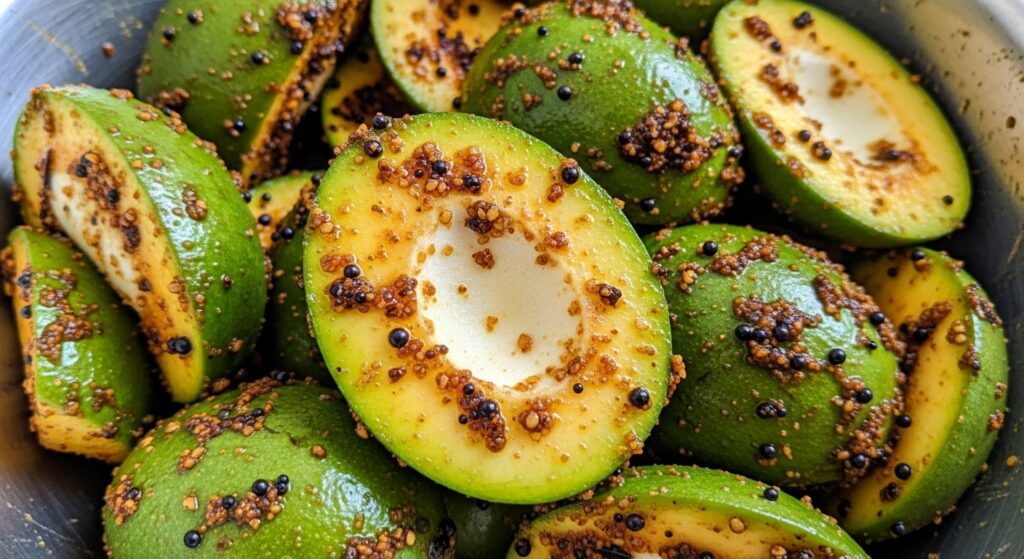
Why Make Your Own Mango Pickle?
While commercially produced Mango Pickle is widely available, there’s an unparalleled charm and superior quality to homemade versions.
- Control Over Ingredients: You choose the freshest raw mangoes, high-quality spices, and your preferred oil, ensuring purity and preventing unwanted additives or artificial preservatives.
- Customizable Flavor: Adjust the spice levels, tanginess, and oil content to perfectly match your family’s preferences. Love it extra spicy? Add more chilies! Prefer it milder? Reduce them.
- Superior Taste and Aroma: The slow curing process in homemade Mango Pickle allows the flavors to meld and mature beautifully, resulting in a depth of taste and an aromatic complexity that store-bought versions often lack.
- Cost-Effectiveness: Making your own Mango Pickle in bulk can be significantly more economical than regularly buying jars from the market.
- Cultural Connection: It’s a way to connect with culinary heritage, often involving shared family activities and the passing down of treasured recipes.
The Essential Ingredients for a Classic Mango Pickle
The magic of Mango Pickle lies in a carefully selected blend of spices that complement the raw mangoes. While regional variations exist, certain core ingredients form the backbone of most traditional recipes.
Primary Ingredients:
- Raw Green Mangoes (Kairi): Firm, unripe mangoes are essential. They provide the characteristic sourness and firm texture that holds up during pickling. Look for varieties that are less fibrous.
- Mustard Oil: This is the traditional oil of choice, particularly in South Asian pickles. Its pungent flavor is a signature component of Mango Pickle and acts as a natural preservative. Some recipes might use sesame oil or other neutral oils, but mustard oil is highly recommended for authenticity.
- Salt (preferably Rock Salt / Sendha Namak): Crucial for drawing out moisture from the mangoes, inhibiting bacterial growth, and, of course, for flavor. Rock salt is often preferred for its purity and preservative qualities.
Key Spices (Achaar Masala):
The spice blend is the heart of any Mango Pickle. These are typically whole or coarsely ground.
- Fennel Seeds (Saunf): Adds a sweet, aromatic, and licorice-like flavor.
- Fenugreek Seeds (Methi Dana): Provides a slightly bitter, earthy note that balances the other flavors and acts as a thickening agent.
- Mustard Seeds (Rai/Sarson): Contributes pungency and a sharp, zesty flavor. Yellow or black mustard seeds can be used.
- Nigella Seeds (Kalonji): Adds a distinct onion-like, slightly bitter, and peppery flavor.
- Cumin Seeds (Safed Zeera): Offers warm, earthy notes.
- Coriander Seeds (Dhaniya): Provides a mild, citrusy, and sweet aroma.
Powdered Spices:
- Red Chili Powder: For heat and color. You can adjust the quantity based on your preference for spiciness. Kashmiri chili powder is often used for a vibrant red color without excessive heat.
- Turmeric Powder (Haldi): Imparts a beautiful yellow color and offers natural antiseptic and preservative properties.
- Asafoetida (Hing): A pungent spice that aids digestion and adds a unique savory depth. Use in powdered form.
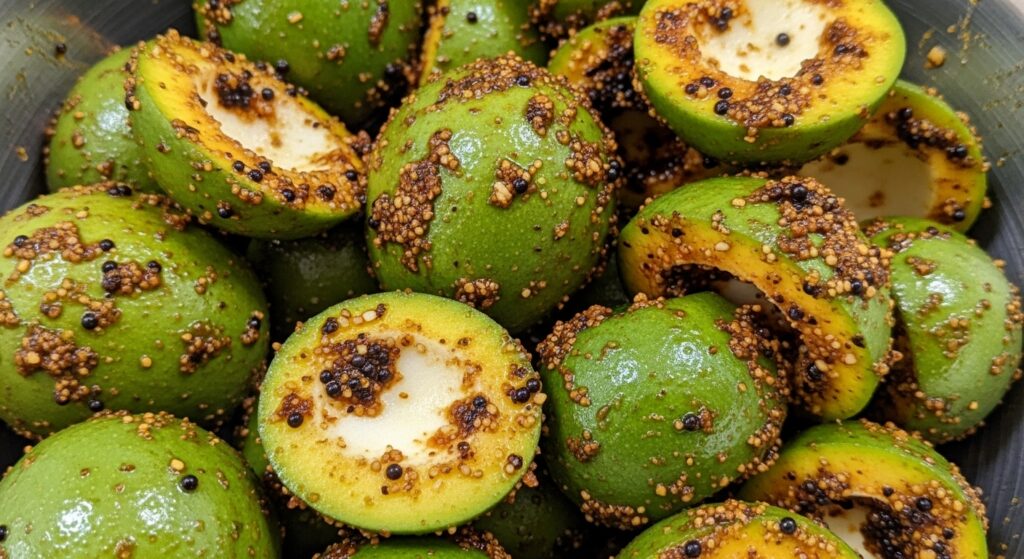
The Art of Making Mango Pickle: A Step-by-Step Guide
Making Mango Pickle is a process that requires patience and attention to detail, but the steps are straightforward and immensely rewarding. This recipe outlines a traditional method for a classic, long-lasting Mango Pickle.
Yields: Approximately 1-1.5 kg Mango Pickle Prep time: 30-45 minutes (plus 2-3 days for drying/curing) Curing time: 1-2 weeks (for flavors to meld) Storage: Up to 1 year or more in a cool, dark place.
Step 1: Selecting and Preparing the Mangoes
Choosing the right mangoes is the first critical step for a successful Mango Pickle.
- Selection: Choose firm, completely unripe green mangoes. They should feel hard to the touch and have no signs of ripening or softness. Avoid mangoes that are bruised or have black spots.
- Washing: Wash the mangoes thoroughly under running water to remove any dirt or sap.
- Drying: This is a crucial step! Wipe each mango completely dry with a clean kitchen towel. Any moisture can lead to spoilage. For best results, let them air dry for several hours or overnight in a well-ventilated area, or even briefly under gentle sunlight.
- Cutting: Using a sharp, heavy knife or a traditional pickle cutter, carefully cut the mangoes into 1-inch to 1.5-inch pieces. You can keep the skin on, as it adds to the texture and flavor. Discard the inner seed/pit, but if the kernel is tender, some people keep small slivers of it.
- Salting and Turmeric Treatment: In a large, non-reactive bowl (glass, ceramic, or stainless steel), add the chopped mango pieces. Sprinkle generously with salt and turmeric powder. Mix well, ensuring all mango pieces are coated.
- Sun-Drying/Curing (2-3 days): Cover the bowl loosely with a clean muslin cloth (to protect from dust and insects) and place it under direct sunlight for 2-3 days. Stir the mangoes daily. This process draws out excess moisture, slightly softens the mangoes, and allows the salt and turmeric to penetrate, acting as initial preservatives. You will notice water accumulating at the bottom of the bowl – this is natural. If direct sunlight is not available, you can air dry them indoors in a well-ventilated space, though it may take longer.
Step 2: Preparing the Achaar Masala (Spice Blend)
The heart of your Mango Pickle is the freshly roasted and ground spice blend.
- Dry Roasting Whole Spices: In a dry pan over medium-low heat, gently dry roast the whole spices (fennel seeds, fenugreek seeds, mustard seeds, cumin seeds, coriander seeds, nigella seeds). Roast them one by one or in small batches. Stir continuously until they are fragrant and slightly change color (be careful not to burn them, as this will make them bitter). This typically takes 1-2 minutes per spice.
- Cooling: Transfer the roasted spices to a plate and allow them to cool completely.
- Grinding: Once cooled, coarsely grind the roasted spices using a mortar and pestle or a spice grinder. You want a coarse powder, not a fine one, to retain texture in the pickle.
- Combining with Powdered Spices: In a clean, dry bowl, combine the coarsely ground spices with red chili powder, remaining salt (if any needed for the masala), and asafoetida. Mix well.
Step 3: Preparing the Oil
The oil acts as a barrier, protecting the Mango Pickle from air and moisture, which are primary causes of spoilage.
- Heating Mustard Oil: In a clean, heavy-bottomed pan, heat the mustard oil over medium-high heat until it reaches its smoking point (you’ll see a light smoke appearing on the surface). This process removes the raw pungency of the oil and prepares it for preservation.
- Cooling: Turn off the heat and let the oil cool down completely to room temperature. This is vital; adding hot oil to the mangoes and spices can cook them, altering the texture and flavor.
Step 4: Assembling the Mango Pickle
Bringing all the prepared components together.
- Draining Mangoes (Optional but Recommended): After 2-3 days of sun-drying, you’ll find accumulated water at the bottom of the mango bowl. You can drain this water or keep it, depending on your preferred pickle texture and the mango variety. Draining can lead to a firmer pickle.
- Mixing: Add the prepared spice mixture to the sun-dried mango pieces. Mix thoroughly with a clean, dry spoon, ensuring every mango piece is coated evenly.
- Adding Oil: Gradually pour the cooled mustard oil over the mango and spice mixture. Stir well, making sure the oil coats all the pieces and mixes with the spices. The oil level should ideally cover the mangoes completely once packed into jars, creating a protective layer.
Step 5: Jarring and Curing the Mango Pickle
Proper storage is paramount for the longevity of your Mango Pickle.
- Sterilizing Jars: This is perhaps the most crucial step for long-lasting pickles. Wash glass jars and their lids thoroughly with hot, soapy water. Rinse well. Then, sterilize them by boiling them in water for 10-15 minutes, or by placing them in a preheated oven at 100°C (212°F) for 15-20 minutes. Ensure they are completely dry before use – even a drop of moisture can lead to mold.
- Packing: Carefully spoon the Mango Pickle mixture into the sterilized, dry glass jars. Press down gently to remove any air pockets. Ensure the oil level is at least 1-2 inches above the mango pieces. This oil layer is your primary defense against spoilage.
- Sealing and Sun-Exposure (Curing): Seal the jars tightly with their lids. Place the jars in direct sunlight for 1-2 weeks. During this period, gently shake or stir the jars daily (using a clean, dry spoon) to ensure even distribution of spices and oil. The sun’s warmth aids in the fermentation process, helps the mangoes soften, and allows the flavors to meld beautifully. This is the “curing” phase where the Mango Pickle develops its characteristic taste and texture.
- Storage: After the initial sun-curing, move the jars to a cool, dark, and dry place, such as a pantry or cupboard. Avoid direct sunlight and extreme temperature fluctuations.
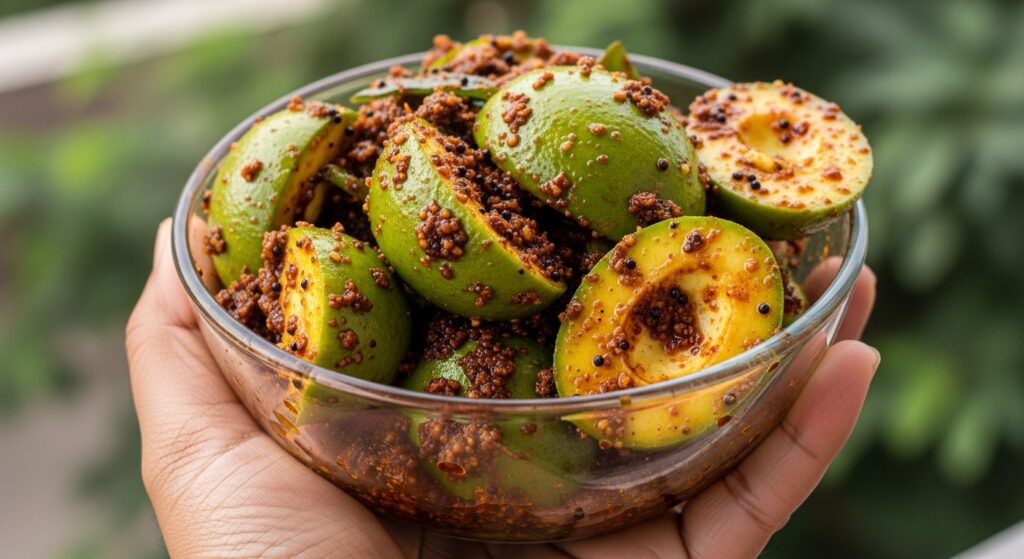
Tips for Perfect Mango Pickle Success
- Dryness is Key: Emphasizing again: ensure mangoes, utensils, and jars are absolutely bone dry. Moisture is the enemy of pickles.
- Quality of Ingredients: Use fresh, firm raw mangoes and high-quality, fresh spices. Stale spices will lead to bland pickle.
- Mustard Oil Preference: While other oils can be used, mustard oil is traditional and offers superior preservation and flavor.
- Patience for Curing: Don’t rush the sun-drying and curing process. The longer the pickle cures, the deeper and more complex its flavors will become.
- Maintain Oil Layer: Always ensure that the mango pieces are submerged under a layer of oil in the jar. If the oil level drops, heat some fresh mustard oil, cool it, and add it to the jar.
- Cleanliness: Always use a clean, dry spoon to take out Mango Pickle from the jar. Never use a wet spoon or wet hands.
- Air Pockets: Press down the pickle in the jar to minimize air pockets, which can lead to spoilage.
- Small Batches: If you’re new to pickle making, start with a smaller batch. You can always scale up once you’re confident.
Variations of Mango Pickle
The world of Mango Pickle is incredibly diverse, with countless regional variations. While the core ingredients remain, tweaks in spices, oil, and additional components create unique experiences:
- Sweet Mango Pickle (Meetha Aam ka Achaar): Often includes jaggery or sugar, along with a mix of sweet and savory spices, offering a delightful balance of sweet, sour, and spicy.
- Andhra Avakaya (South Indian): A fiery Mango Pickle from Andhra Pradesh, known for its strong mustard flavor and intense heat. It often uses a specific variety of mango and a very generous amount of mustard powder and red chili.
- Gujarati Chundo/Gunda: A sweet and spicy grated Mango Pickle that’s often sun-cooked until the mangoes release their juices and become syrupy.
- Instant Mango Pickle: For those who can’t wait, quick versions can be made that don’t require extensive sun-drying or long curing times, though their shelf life is shorter. These often use vinegar or lemon juice for immediate tang.
- Garlic Mango Pickle: Some recipes incorporate peeled garlic cloves, adding another layer of pungent flavor.
Health Benefits of Mango Pickle
Beyond its incredible taste, Mango Pickle, when consumed in moderation, offers surprising health benefits:
- Rich in Antioxidants: Raw mangoes and many of the spices used (turmeric, fenugreek, mustard seeds) are packed with antioxidants, which help combat free radicals and reduce oxidative stress in the body.
- Aids Digestion: Spices like fenugreek, asafoetida, and mustard seeds stimulate digestive enzymes, promoting better digestion and nutrient absorption. The fiber in raw mangoes also contributes to gut health.
- Immunity Boost: Raw mangoes are a good source of Vitamin C, which is essential for a strong immune system. Turmeric, with its anti-inflammatory and antibacterial properties, further enhances immunity.
- Mineral Content: Mango Pickle provides essential minerals like potassium and magnesium, which contribute to maintaining healthy blood pressure.
- Blood Sugar Regulation: Fenugreek seeds, a common ingredient, are known to help regulate blood sugar levels due to their soluble fiber content.
It is important to remember that pickles are high in sodium due to the salt used for preservation, so moderation is key for a balanced diet.
Storing Your Homemade Mango Pickle
Proper storage is the ultimate determinant of your Mango Pickle’s longevity.
- Cool, Dark Place: After the initial sun-curing, store your pickle jars in a cool, dark, and dry pantry or cupboard. This prevents degradation of spices and oil from light and heat.
- Airtight Jars: Always use airtight glass or ceramic jars. Plastic containers are generally not recommended as they can react with the acidic pickle and absorb odors.
- Regular Checks: Periodically check your Mango Pickle jars for any signs of mold, discoloration, or unusual smells. If you see any, it’s best to discard the batch to prevent health risks.
- Oil Layer Maintenance: The golden rule: ensure the mango pieces are always submerged under oil. This oil layer prevents contact with air, which is the primary cause of spoilage.
- Clean Utensils: Reiterate the importance of always using a clean, dry spoon to take out pickle. Moisture introduction is the fastest way to spoil your cherished batch.
With proper care, a well-made Mango Pickle can last for a year or even longer, allowing you to enjoy the tangy taste of summer mangoes throughout the year.
Conclusion: A Legacy in Every Bite
The journey of making Mango Pickle is a celebration of culinary tradition, patience, and the vibrant flavors of South Asia. From the careful selection of raw mangoes to the aromatic blend of spices and the crucial sun-curing process, each step contributes to the creation of a condiment that is truly special. It’s an edible testament to generations of wisdom in food preservation and flavor creation.
Whether you’re a seasoned pickle maker or embarking on this delightful adventure for the first time, the satisfaction of making your own Mango Pickle is immense. This tangy, spicy, and unforgettable condiment will not only elevate your meals but also connect you to a rich cultural heritage, one flavorful bite at a time. So, gather your ingredients, embrace the process, and prepare to savor the unparalleled taste of your very own Mango Pickle – a culinary legacy preserved in a jar.

